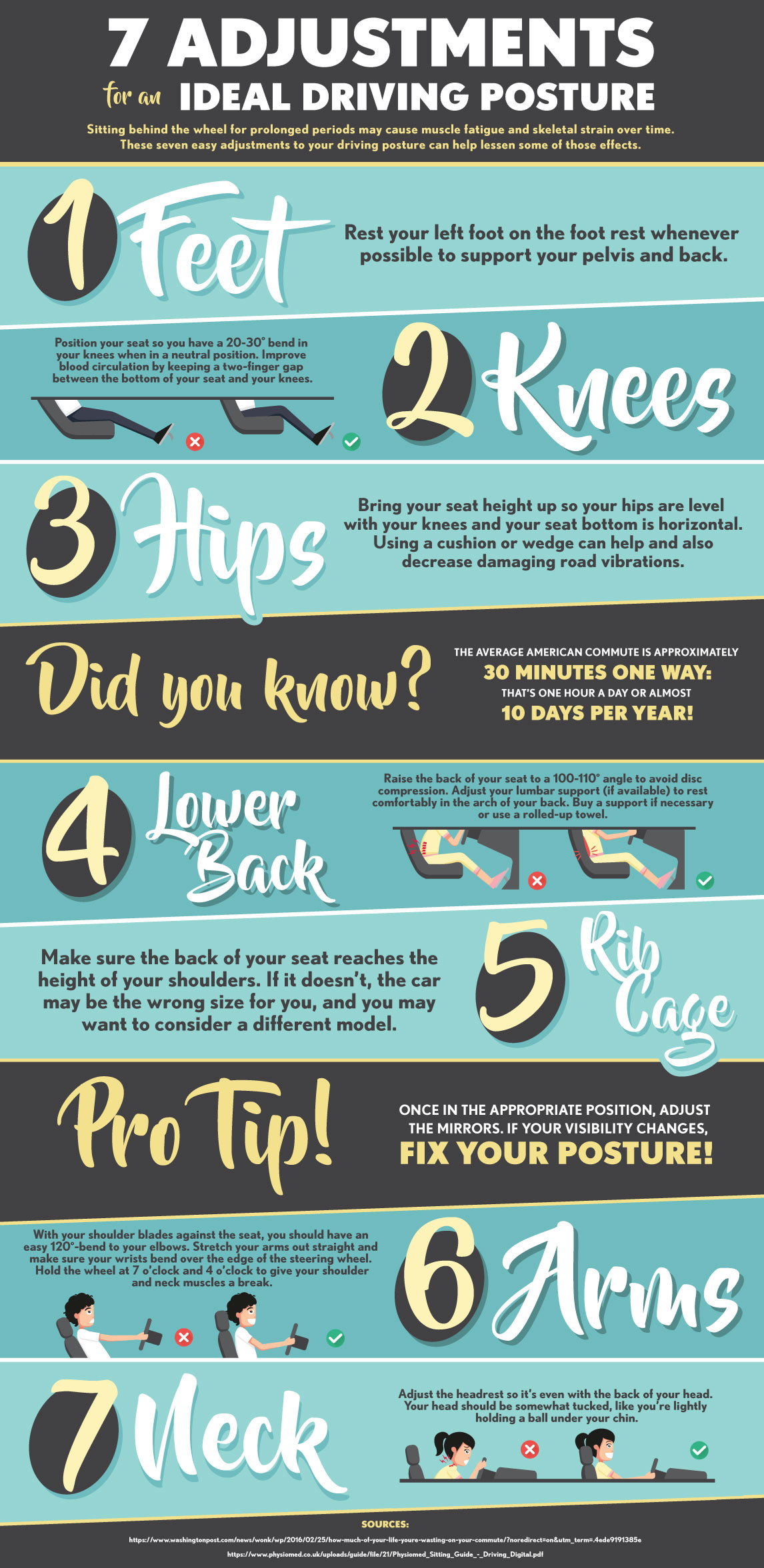Why Does Soft Tissue Therapy Hurt? Comprehending The Refine
Why Does Soft Tissue Therapy Hurt? Comprehending The Refine
Blog Article
Web Content Created By-Waddell Rytter
When you undergo soft Tissue therapy, you could find it remarkably awkward. This pain occurs as pressure is put on stressful muscles and damaged cells, activating your discomfort receptors. While it can feel upsetting in the minute, there's a reason behind this experience. Recognizing what happens in your body during these treatments can aid you value the process. So, just what is taking place under the surface area?
The Physiology of Discomfort During Soft Tissue Therapy
When you undertake soft Tissue treatment, your body's reaction to pain is a complex interaction of physiological procedures. As the therapist uses pressure, your body triggers discomfort receptors, sending signals to your brain. This activates the launch of natural chemicals, such as compound P and glutamate, which magnify the experience of discomfort.
Your muscle mass may also tense up in reaction, more making complex the experience. In addition, your body may release endorphins, natural pain relievers that can aid reduce some pain.
The interaction between these processes can produce a distinct experience for each and every person. Recognizing this physical action helps you browse the experiences during therapy, permitting you to appreciate the balance in between discomfort and the potential for healing benefits.
The Role of Pain in the Healing Refine
Although discomfort during soft Tissue treatment can really feel frustrating, it plays an essential duty in the healing procedure. When you experience discomfort, your body is signaling that it's functioning to fix broken cells. This feedback aids raise blood circulation to the damaged location, supplying crucial nutrients and oxygen needed for recovery.
In addition, discomfort can promote the launch of endorphins, your body's all-natural painkillers, creating a feeling of relief post-treatment. Welcoming this discomfort can assist you comprehend your body's restrictions and encourage you to address underlying concerns.
While it's uncomfortable currently, this process is essential for long-lasting recovery and improved feature. Acknowledging manual lymphatic drainage after liposuction as a vital part of healing can equip you to stay devoted to your treatment.
Tips for Taking Care Of Discomfort Throughout and After Treatment
Taking care of discomfort during and after soft Tissue treatment can dramatically boost your total experience and recovery.
To start, interact freely with your therapist concerning your pain degrees; they can adjust techniques appropriately. Using https://www.google.com/maps/place/Return+to+Play+Institute,+LLC+(Miami)/@25.726017,-80.26406,17z/data=!3m1!4b1!4m6!3m5!1s0x88d9b7b4207e8303:0xb1493a6e0d5a272b!8m2!3d25.726017!4d-80.26406!16s%2Fg%2F11lf8185yp?hl=en&entry=ttu&g_ep=EgoyMDI0MTAwOS4wIKXMDSoASAFQAw%3D%3D can likewise assist you kick back and relieve pain.
Take into consideration applying ice to the cured area post-session to lower inflammation and numb soreness. Remaining moisturized aids in the recuperation process, so consume a lot of water.
Gentle extending and light activity after therapy can promote blood circulation and convenience tightness. Lastly, ensure you get sufficient remainder to permit your body to recover.
Applying these suggestions can make your soft Tissue treatment a lot more workable and pleasurable.
Conclusion
To conclude, while soft Tissue therapy can be awkward, it's crucial to identify that this discomfort plays a vital function in your recovery journey. By recognizing the physical reactions at play, you can approach the therapy with a more positive frame of mind. Bear in mind, the first discomfort frequently gives way to alleviation as your body releases endorphins. Embrace the process, and do not think twice to make use of the tips for taking care of discomfort to improve your experience and recuperation.
